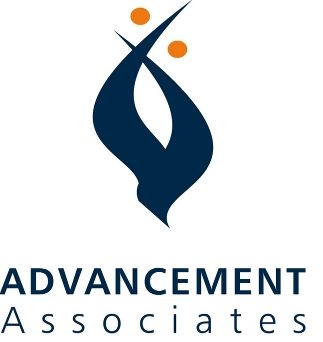A layman’s definition of market research: an organized effort to gather information about key stakeholders.
Small faith-based organizations are often hesitant to invest in market research. It requires funds from already-tight budgets. It adds another layer to the planning process. It may duplicate information the organization already has.
Advancement Associates recognizes these concerns, but begs to differ. When done for the right reasons and in the right way, we believe conducting market research can be a worthwhile investment, even for small human service organizations as they seek to align programs and resources with mission. Our view is shaped by the results of the market research activities we have completed for our clients over the past decade. Here’s a snapshot of those projects.
• A private boarding high school completed an extensive image audit so that it could “better articulate its unique program and common vision; test the appeal of its distinctives with current and potential enrollment markets; and create strategies that strengthen the school’s efforts to achieve its enrollment goals.”
• A child services provider invested in exploratory market research because the organization needed to know the current “dynamics, trends and needs” shaping placement decisions for state and county agencies–and how the provider could better meet these expectations.
• A denominational education agency wanted to sharpen its fundraising capacity and results. As a first step, the agency completed a development audit, which provided a better understanding of what was motivating current support and what changes might capture constituent interest.
• A religious denomination wanted to learn more about giving practices and preferences among members of local congregations in support of broad, church wide activities. It did that by conducting an extensive research study of denominational giving that included surveys, personal interviews, and focus groups. Among other important findings, the study revealed that younger church members were less inclined to be “in the habit of giving” than older members, and wanted tangible evidence that their support would make a real difference.
• A number of individual churches and faith-based, nonprofit organizations tested the waters by completing feasibility studies before embarking on fundraising campaigns to underwrite new facilities, build endowment, and achieve other priorities. The studies identified stakeholder and community acceptance of the anticipated projects, prospective large donors, and possible obstacles to success.
• A private K-12 school faced decisions about the preferred location of its elementary grades. Should elementary students be included in the same facilities that house middle school and high school students, or would a separate location better meet parents’ expectations and provide for enrollment growth? A constituency research study provided helpful insights guiding facility planning.
• A continuing care retirement community faced stiff competition from similar options nearby. By conducting neurolingistic research among current and prospective residents, leaders gained a better understanding of their core needs, leading to an adjustment in strategy that averted a potential major mistake. The study also shaped decisions about the most important features and amenities that make a retirement community preferable and desirable.
• A faith-based disaster relief agency conducted a communications audit to address a number of priorities, such as strengthening its relationship with its constituencies; tracing the flow of information through the system; and improving the efficiency and morale of staff.
• A private 5-12 school faced significant decline among its traditional student market. Located in a sparsely populated area, the school invested in a market research study to find small pockets of prospective students and families and “assess sensitivity in these potential markets to price, distance and the concept of weekday and/or full time boarding.”
• A church-related relief and development agency recognized the need to engage the support of younger stakeholders as donors and volunteers to sustain the organization’s mission into the future. In a market research study, it learned that many young, new donors had interest in supporting specific projects, rather than the operating budget; preferred electronic communication; and valued opportunities for local involvement.
• Four colleges and universities affiliated with a religious movement collaborated on a market research project to determine the answers to seven key questions including, “what are the attitudes and aspirations currently shaping higher education decisions among youth in (our movement)?” and “what actions would increase endorsement of and support for (our) institutions among interested constituent congregations and individuals?”
What information do you need to better understand and serve your constituents? Consider conducting market research; it could well be a worthy investment.
